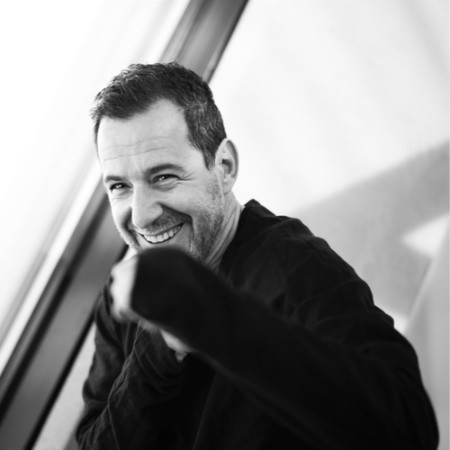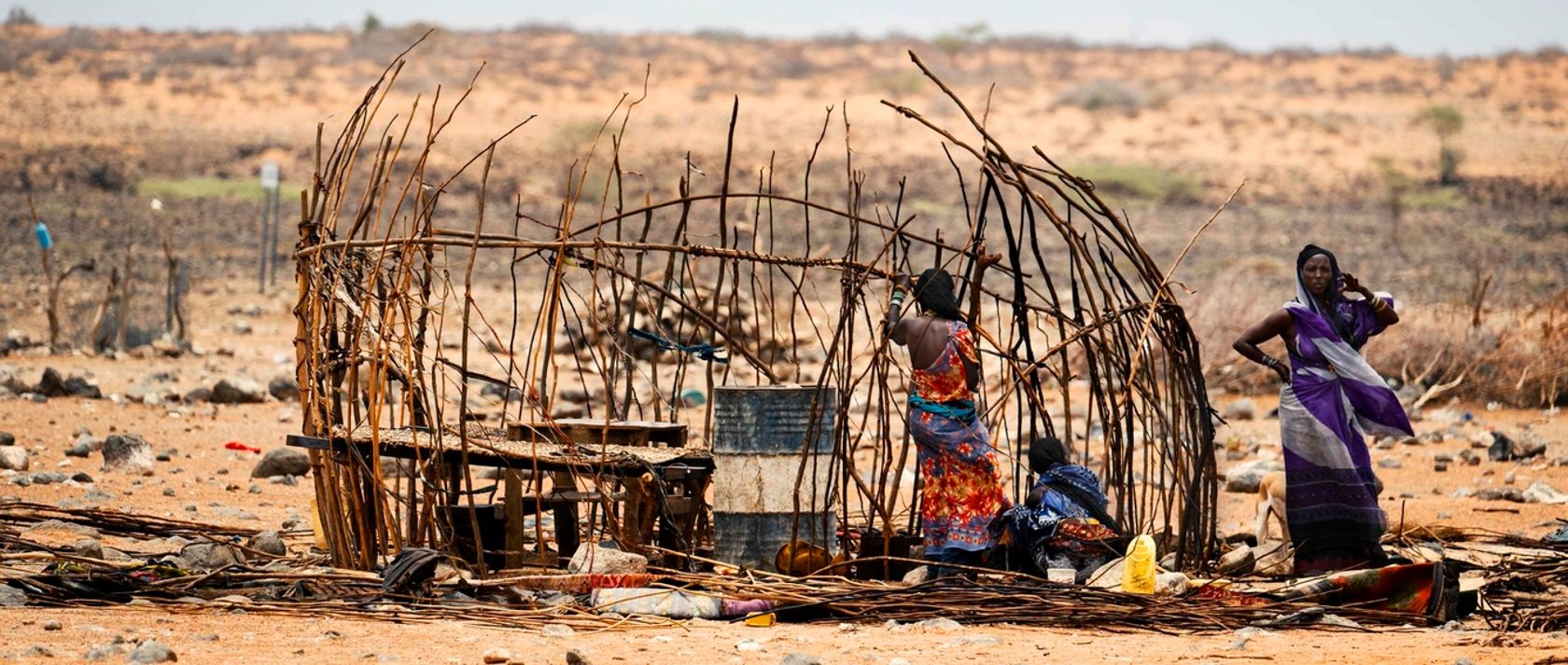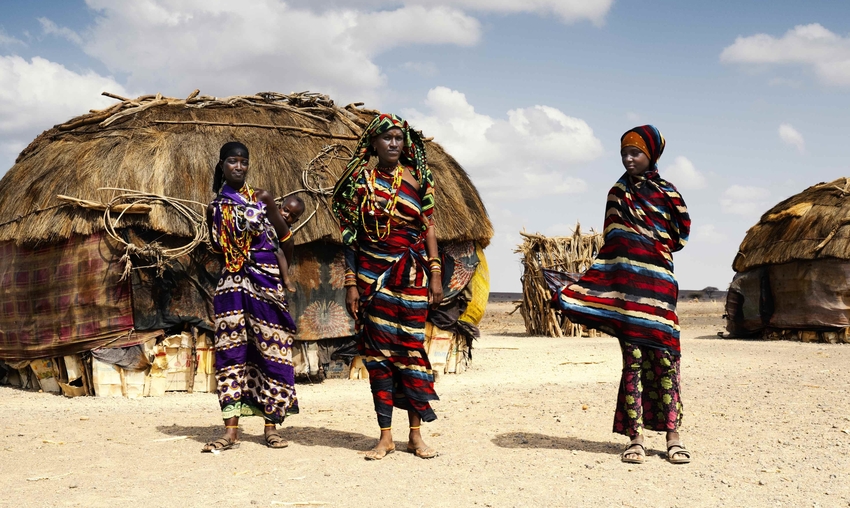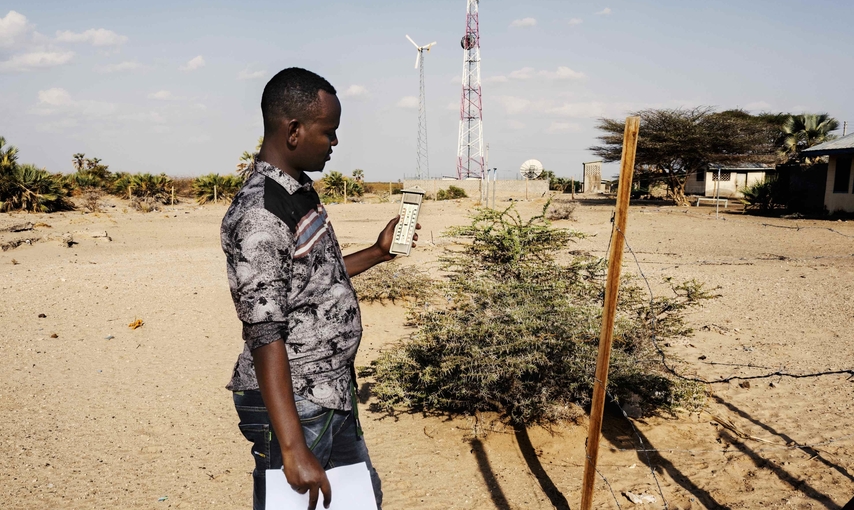In this complicated context, Amref has set up 'Heal', a project that aims to radically change the interdependent relationship between man and the environment. Using its transnational presence, the Association is encouraging a process involving countries, organisations and experts, leading North Horr towards sustainable development solutions.
One of the cornerstones of "Heal" is the adoption of a multi-user innovation platform aimed at preventing meteorological risks. To power it, the Association has asked pastoral society leaders, project staff in NGOs working in the area and others such as scientists and researchers who gravitate towards the area to wear sensors to track what is happening in their environment.
A series of weather stations then analyse the collected data in real time, which is explained to the pastoralists through the project managers. In this way, shepherds can manage their livestock more responsibly, preserving them in the difficult environment.
In addition to this, the "Heal" project has already brought a permanent health care centre to North Horr to respond effectively to the various health problems affecting the local populations: from childbirth to malnutrition, from illnesses to accidents among the nomads. There is also a third dimension to the project, the cultural dimension, to use today's knowledge to overcome customs and superstitions that have been handed down for centuries in this part of the world.
 Stefano Guindani
Stefano Guindani






